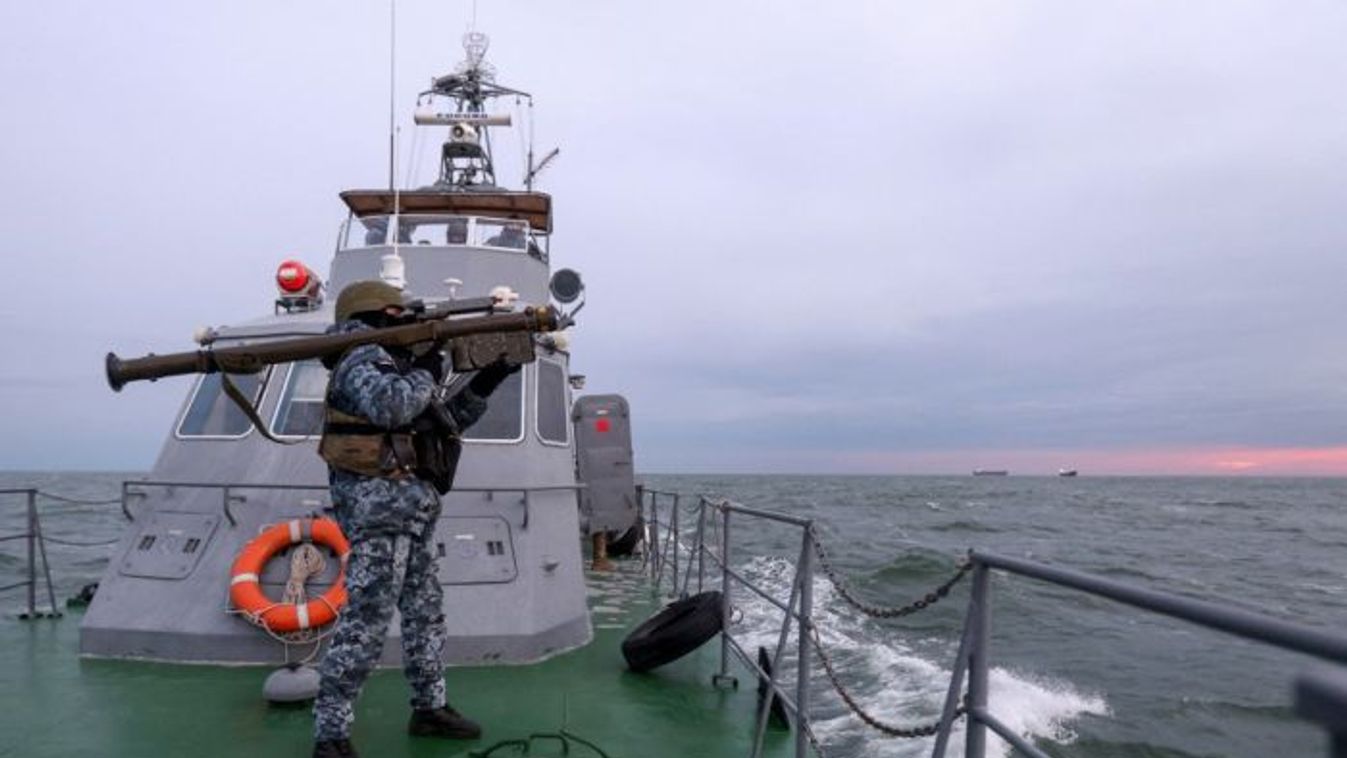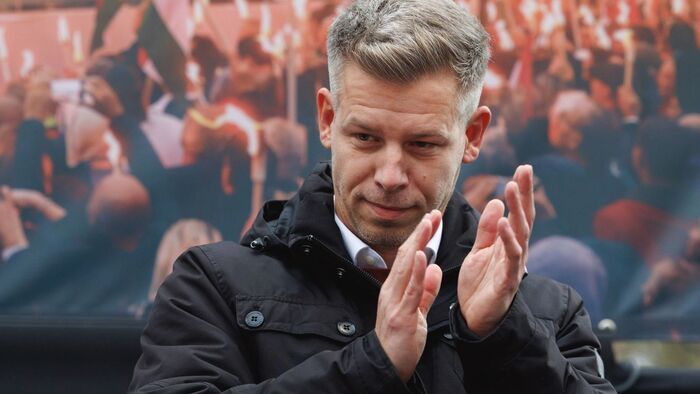During the Russia–Ukraine ceasefire negotiations, the Black Sea repeatedly emerged as a theater of key strategic significance to both the belligerents and the entire region. Analysts have thoroughly dissected the immediate issues on the table—such as freedom of navigation, grain and fertilizer exports, and port security, to name a few.
However, what seems to be missing from the discussion, in my opinion, is a proper presentation of the geopolitical complexity of the Black Sea. Such a broader view could provide valuable context for understanding the current challenges.
Historically always a major arena of great power rivalry, the Black Sea region has once again moved into the strategic spotlight in the 21st century. Surrounded by six coastal states and falling within the spheres of interest of multiple global powers, this inland sea has become a geopolitical flashpoint where frozen conflicts, energy supply rivalries, trade competition, migration routes, and unresolved historical issues all intersect. This already tense environment has been further inflamed by the Russia–Ukraine conflict, which started in 2014 and escalated into full-scale war in 2022.
Yet, the struggle for control over the Black Sea did not begin on February 24, 2022. The ambition of regional powers to turn this inland sea into either a Russian, Turkish, or Western lake is just as persistent today as it was a century and even two centuries ago.
Unlike oceans and open seas, inland seas such as the Black Sea or the Baltic Sea are a separate, unique category—recognized as geopolitical pressure chamber of opposing interests. Here, overlapping sovereignties and jurisdictions are common, strategic chokepoints provide significant military advantage, and fierce competition over maritime energy resources and trade routes only intensifies the rivalry. States try to mitigate these tensions through treaties and by maintaining a mutually accepted status quo.























Szóljon hozzá!
Jelenleg csak a hozzászólások egy kis részét látja. Hozzászóláshoz és a további kommentek megtekintéséhez lépjen be, vagy regisztráljon!